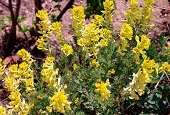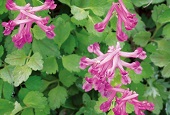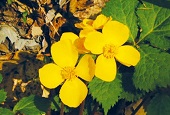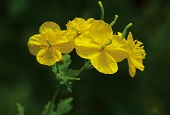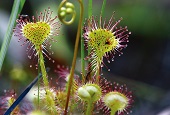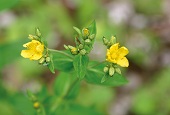View this article in another language
- 한국어
- English
- 日本語
- 中文
- العربية
- Español
- Français
- Deutsch
- Pусский
- Tiếng Việt
- Indonesian
Flora & Fauna of Korea #46
Korea.net publishes a series of articles, “Nature You Meet in the Mountains,” about the peninsula’s mushrooms, insects, trees and herbs & flowers.
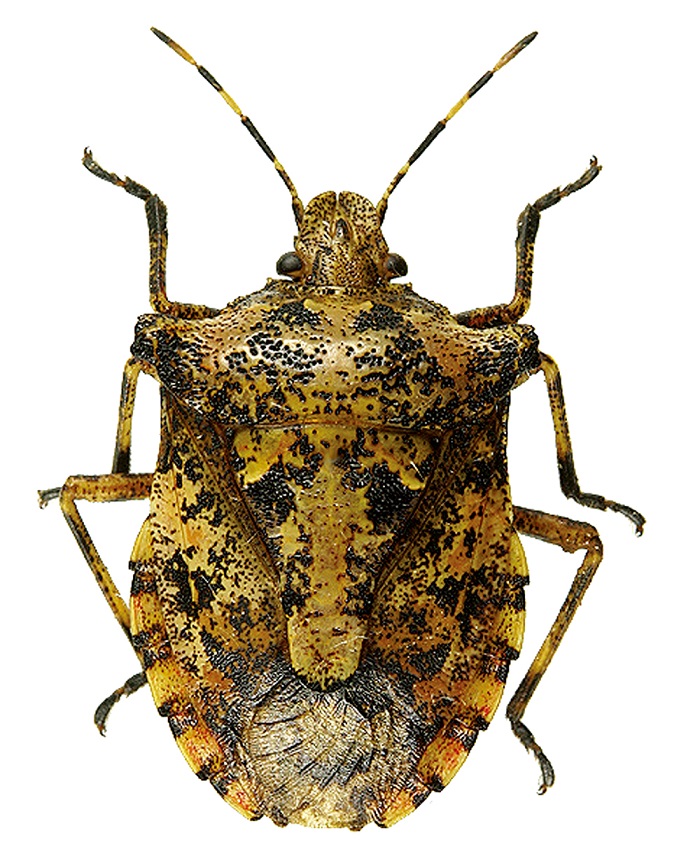 Insects
Insects
Name: 얼룩대장노린재, Stained king stinkbug
Scientific name: Placosternum esakii Miyamoto
Distribution: Korea, Japan
This stinkbug is about 20 to 22.5 millimeters long. The body is oval-shaped, closer to being round. The back has some green in it, and the base is grayish brown or grayish yellow. Some black-brown spots can be found, too. The antenna are colorful, mixed with grayish yellow and black. The back of the anterior thorax consists of large shoulders, which are not very pointed. The tip of the bump is curvy. There are four yellowish brown dots arranged in vertical lines on the anterior. The middle of the back is reddish, and the frontal wings expand to make an outward circle. There are black random patterns along each knuckle.
Ecology: It is rarely found in the mountains or forests. It inhabits oak trees. It wears camouflage, very similar to lichen that sticks to the bark.
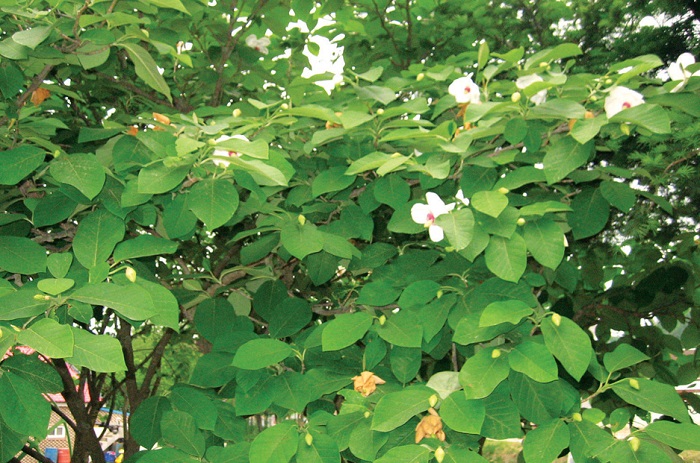
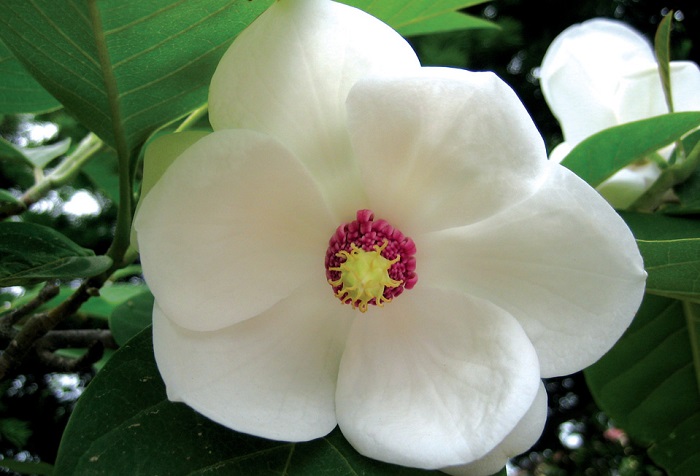
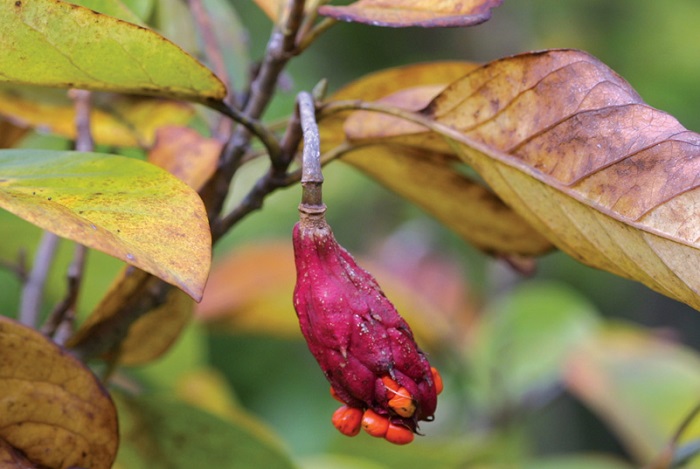
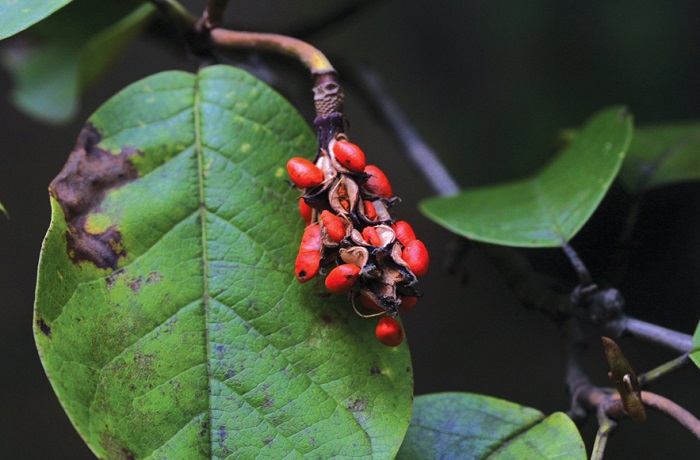
Trees
Name: 함박꽃나무, 산목련, Mountain magnolia
Scientific name: Magnolia sieboldii K. Koch
Type: deciduous broadleaf arborescent
Blooming season: May to June
Bearing season: September
Distribution: valleys across the nation
This mountain tree grows to a height of about 7 meters. The bark is yellowish brown and is gray in hue. The pith is white. The leaves are alternating, relatively thick, oval and obtuse, but are pointed at the tip and rounded at the base. The underside is grayish green with some hairs along the vein. Flowers bloom downward after the leaves grow. They're white. The fruit is oval-shaped.
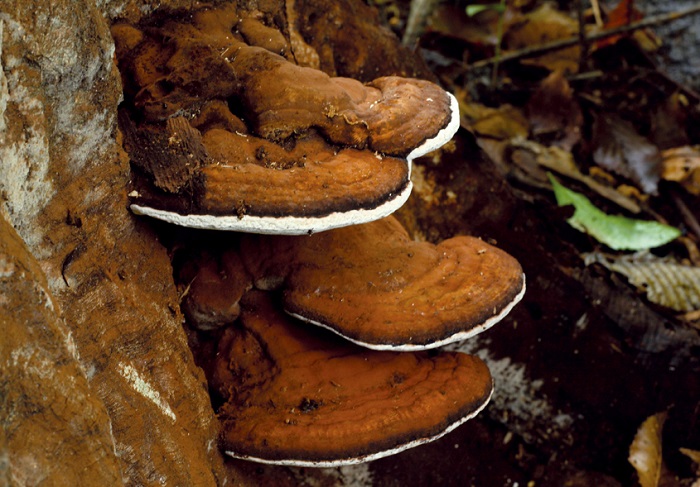
Mushrooms
Name: 잔나비불로초 Jannabi Bullocho
Scientific name: Ganoderma applanatum (Pers.) Pat.
Type: saprophile spore
Print: brown
Inedible
This mushroom grows from both live and dead broadleaf trees. It causes a white rot on the heart of the wood. The cap is about 5 to 30 centimeters long and 5 to 50 centimeters wide. It is about 10 to 20 centimeters thick. It is relatively larger than other types of mushrooms. The surface is covered in solid cuticles and is grayish brown to grayish white. Some reddish brown pores can be found. Ring patterns are clear on the surface, making it easy to identify its age. The tissue is a chocolate color and is velutinous. The tube is yellowish white to white when it's fresh, but turns brown when it is rubbed against something. The pores consist of multiple layers, each of which is about one to two centimeters across.
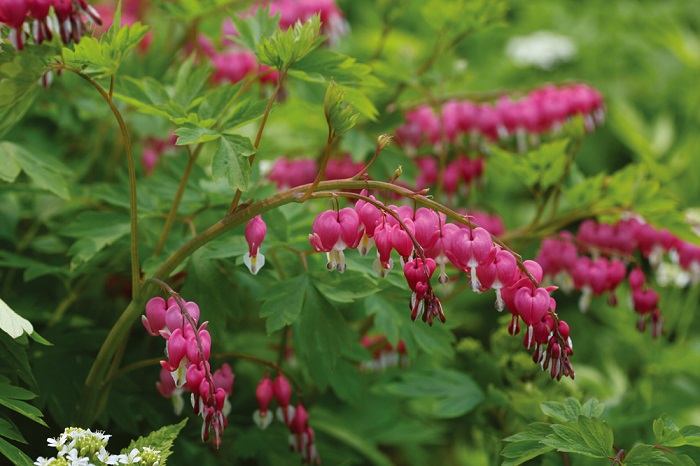
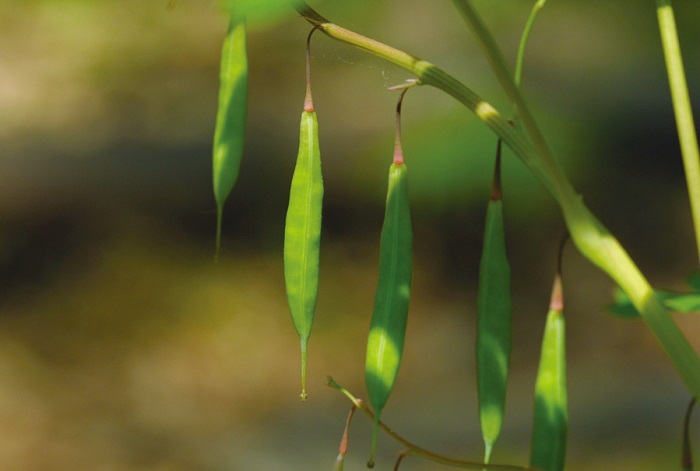
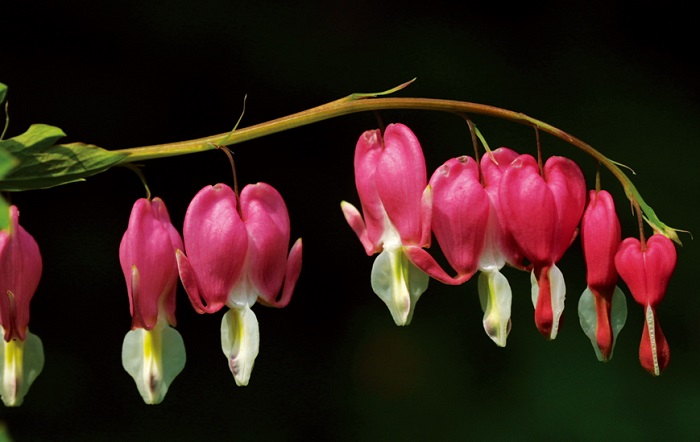
Herbs & Flowers
Name: 금낭화, lyreflower, bleeding heart
Scientific name: Dicentra spectabilis (L.) Lem.
Blooming season: May to June
Distribution: mountains nationwide
This perennial stands between 40 and 50 centimeters tall and lives in both valleys and rocky places. The leaves are alternating, have a relatively longer leafstalk and are bipinnately compound. The flower has four petals, resembling a flat heart. The light reddish and pocket-like flowers bloom in clusters and are quite heavy on the stalk. It bears a capsule fruit, about 1 to 2 centimeters long.
*This series of article about Korea’s insects, trees, mushrooms and herbs & flowers has been made possible through the cooperation of the Korea National Arboretum.
Korea.net publishes a series of articles, “Nature You Meet in the Mountains,” about the peninsula’s mushrooms, insects, trees and herbs & flowers.

Name: 얼룩대장노린재, Stained king stinkbug
Scientific name: Placosternum esakii Miyamoto
Distribution: Korea, Japan
This stinkbug is about 20 to 22.5 millimeters long. The body is oval-shaped, closer to being round. The back has some green in it, and the base is grayish brown or grayish yellow. Some black-brown spots can be found, too. The antenna are colorful, mixed with grayish yellow and black. The back of the anterior thorax consists of large shoulders, which are not very pointed. The tip of the bump is curvy. There are four yellowish brown dots arranged in vertical lines on the anterior. The middle of the back is reddish, and the frontal wings expand to make an outward circle. There are black random patterns along each knuckle.
Ecology: It is rarely found in the mountains or forests. It inhabits oak trees. It wears camouflage, very similar to lichen that sticks to the bark.




Trees
Name: 함박꽃나무, 산목련, Mountain magnolia
Scientific name: Magnolia sieboldii K. Koch
Type: deciduous broadleaf arborescent
Blooming season: May to June
Bearing season: September
Distribution: valleys across the nation
This mountain tree grows to a height of about 7 meters. The bark is yellowish brown and is gray in hue. The pith is white. The leaves are alternating, relatively thick, oval and obtuse, but are pointed at the tip and rounded at the base. The underside is grayish green with some hairs along the vein. Flowers bloom downward after the leaves grow. They're white. The fruit is oval-shaped.

Mushrooms
Name: 잔나비불로초 Jannabi Bullocho
Scientific name: Ganoderma applanatum (Pers.) Pat.
Type: saprophile spore
Print: brown
Inedible
This mushroom grows from both live and dead broadleaf trees. It causes a white rot on the heart of the wood. The cap is about 5 to 30 centimeters long and 5 to 50 centimeters wide. It is about 10 to 20 centimeters thick. It is relatively larger than other types of mushrooms. The surface is covered in solid cuticles and is grayish brown to grayish white. Some reddish brown pores can be found. Ring patterns are clear on the surface, making it easy to identify its age. The tissue is a chocolate color and is velutinous. The tube is yellowish white to white when it's fresh, but turns brown when it is rubbed against something. The pores consist of multiple layers, each of which is about one to two centimeters across.



Herbs & Flowers
Name: 금낭화, lyreflower, bleeding heart
Scientific name: Dicentra spectabilis (L.) Lem.
Blooming season: May to June
Distribution: mountains nationwide
This perennial stands between 40 and 50 centimeters tall and lives in both valleys and rocky places. The leaves are alternating, have a relatively longer leafstalk and are bipinnately compound. The flower has four petals, resembling a flat heart. The light reddish and pocket-like flowers bloom in clusters and are quite heavy on the stalk. It bears a capsule fruit, about 1 to 2 centimeters long.
*This series of article about Korea’s insects, trees, mushrooms and herbs & flowers has been made possible through the cooperation of the Korea National Arboretum.
